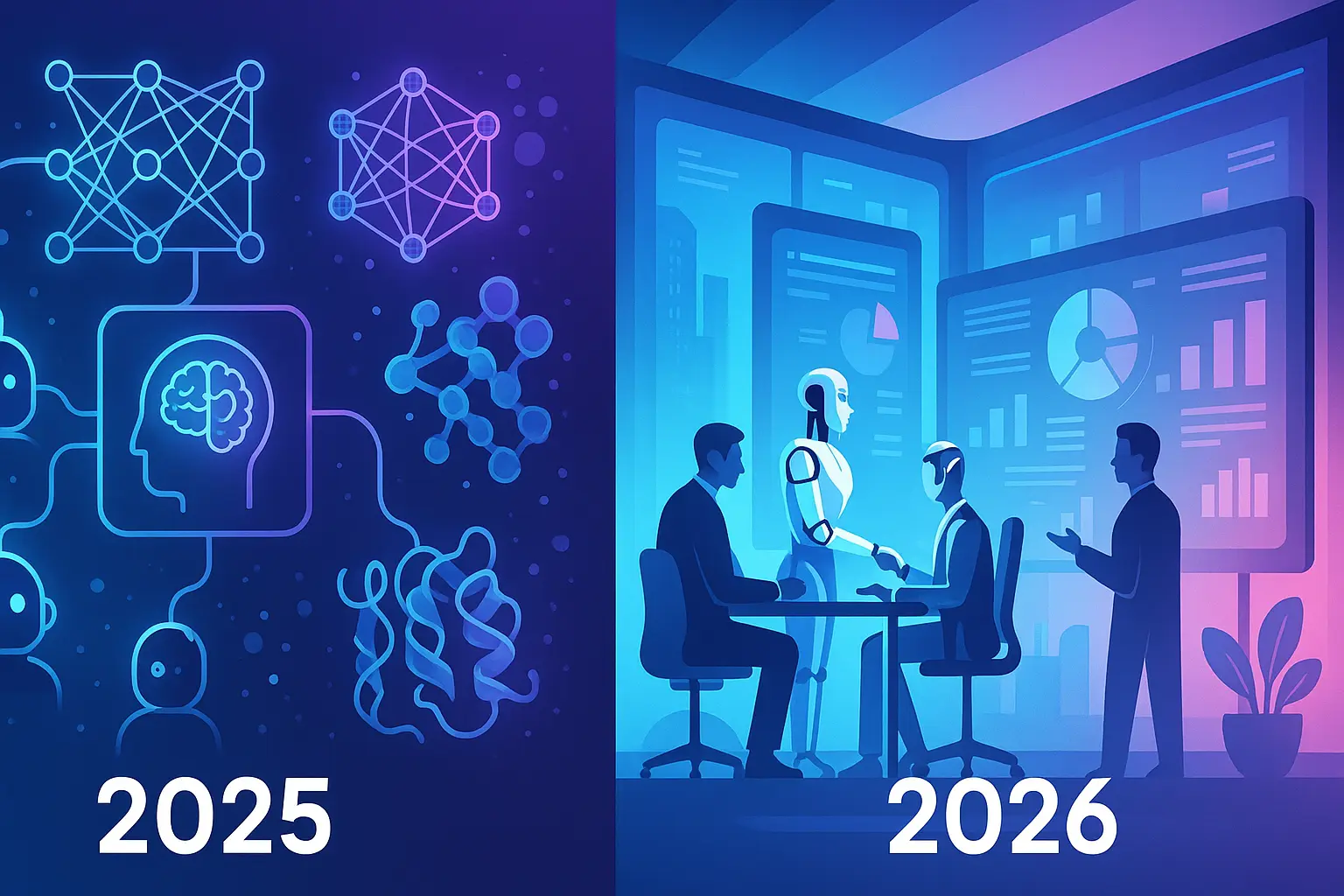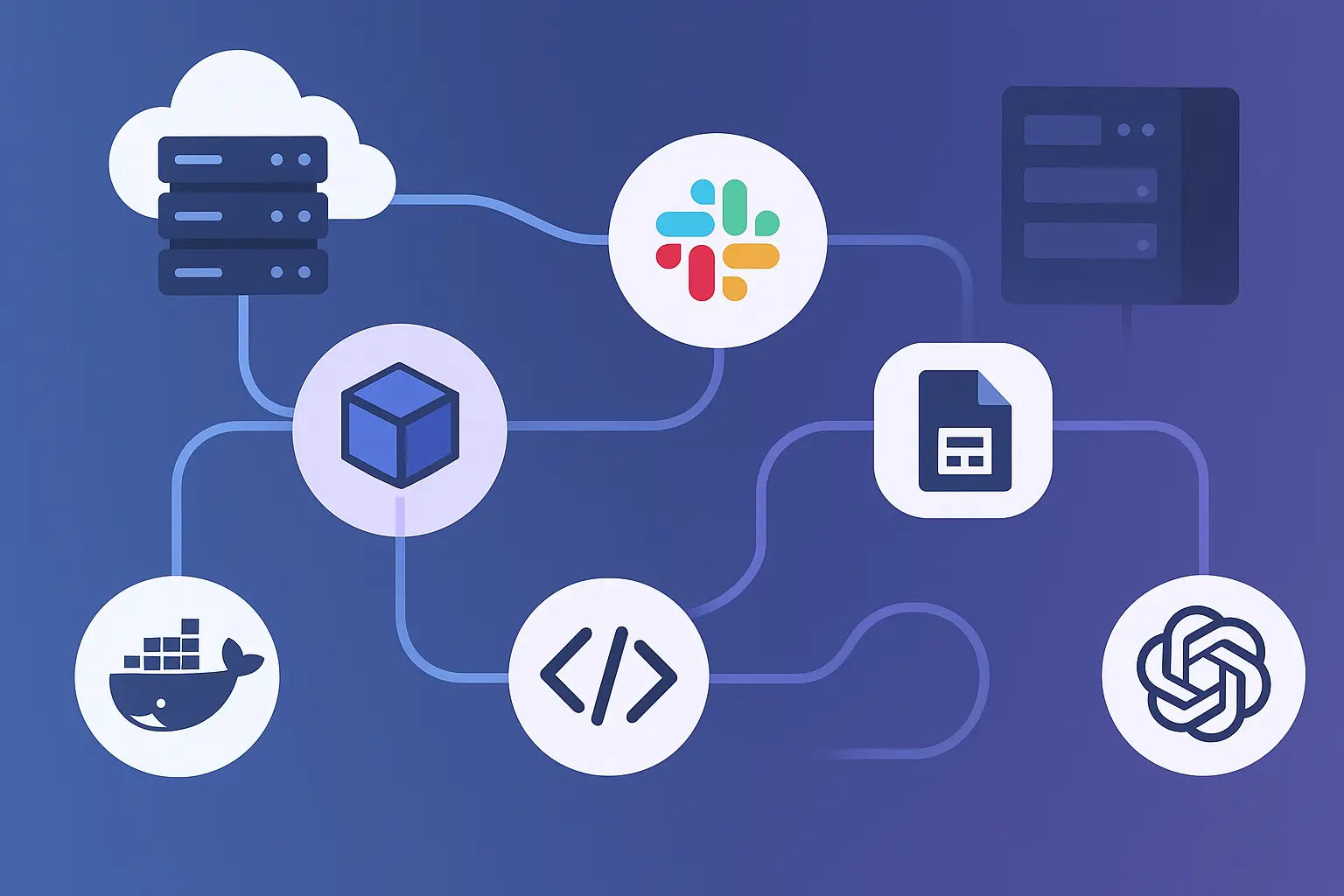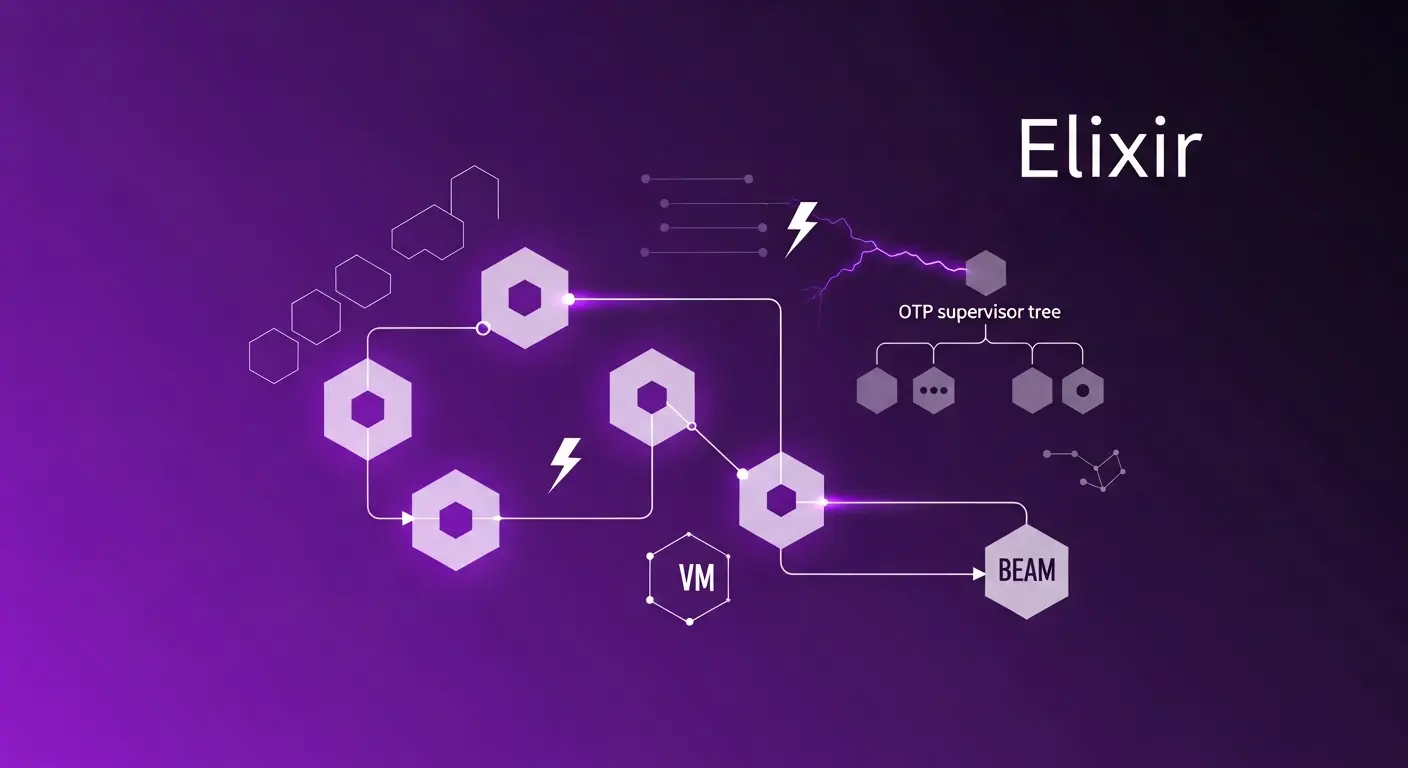
Breaking Down Silos with Grafana
Key Highlights Simplified data analysis: Easily navigate from charts to logs or traces with a single click Enhanced correlations: Leverage third-party data to uncover new insights Streamlined workflow: Reduce copying and pasting with intuitive navigation The ability to analyze data from multiple sources is crucial in today’s fast-paced business environment. This move reflects broader industry trends towards data democratization, where teams can access and analyze data without relying on IT. By using cross-store correlations with Grafana, organizations can break down silos and make more informed decisions. ...










